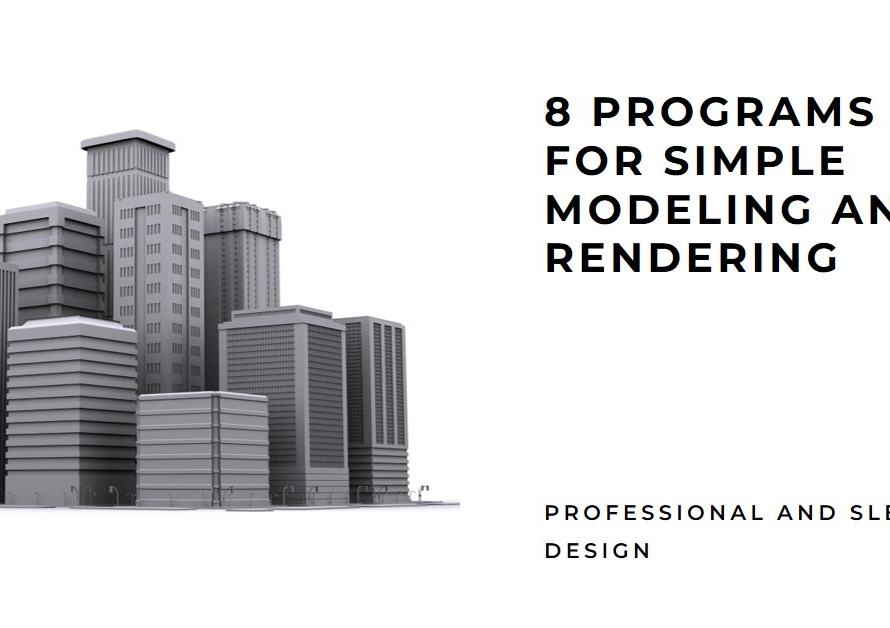
Table of Contents
- Introduction
- 1. Architectural Pilgrimages: Exploring Iconic Structures
- 2. Cultural Immersions: Embracing Local Aesthetics
- 3. Nature Retreats: Drawing Inspiration from the Environment
- 4. Design Fairs and Expos: Networking and Learning
- 5. Workshops and Residencies: Hands-On Learning Experiences
- 6. Historical Tours: Learning from the Past
- 7. Urban Explorations: Observing Contemporary Design Trends
- 8. Volunteer Projects: Giving Back through Design
- 9. Personal Retreats: Reflecting and Recharging
- Conclusion: The Transformative Power of Travel
Introduction
Interior design is an art form that transcends boundaries, merging culture, aesthetics, and functionality. For interior designers, travel is not merely a leisure activity but a pivotal source of inspiration and growth. Immersing oneself in diverse environments can ignite creativity, provide fresh perspectives, and enhance professional skills. This blog post explores various travel opportunities for interior designers, highlighting the immense value these experiences can add to their craft.
1. Architectural Pilgrimages: Exploring Iconic Structures
Traveling to destinations renowned for their architectural marvels offers interior designers a chance to study form, structure, and design ethos first-hand. Cities like Barcelona, with Antoni Gaudí’s surreal creations, or Dubai, with its futuristic skyline, present a treasure trove of inspiration.
Walking through these iconic structures, designers can observe intricate details and innovative use of materials. The Sagrada Família’s organic forms and intricate facades provide lessons in integrating natural elements into design, while the Burj Khalifa exemplifies modern engineering and luxury design.
2. Cultural Immersions: Embracing Local Aesthetics
Understanding the cultural context of design is crucial for interior designers. Immersive travel experiences allow designers to delve into local traditions, crafts, and lifestyles. Visiting Japan, for instance, offers insights into minimalist design, with its emphasis on simplicity, functionality, and harmony with nature.
Similarly, exploring the vibrant markets of Marrakech or Istanbul exposes designers to a rich palette of colors, patterns, and textures. These experiences help designers appreciate and incorporate diverse cultural elements into their work, creating spaces that resonate with authenticity and depth.
3. Nature Retreats: Drawing Inspiration from the Environment
Nature has long been a muse for artists and designers. Traveling to natural wonders, such as the serene landscapes of the Swiss Alps or the lush rainforests of Costa Rica, can profoundly impact an interior designer’s approach to space and design.
The textures, colors, and forms found in nature can inspire innovative design solutions. Observing the organic interplay of light and shadow, the natural wear and aging of materials, and the harmony of natural elements can guide designers in creating sustainable and biophilic designs that promote well-being and connection with the environment.
4. Design Fairs and Expos: Networking and Learning
Attending international design fairs and expos is an excellent way for interior designers to stay abreast of industry trends, network with peers, and discover new materials and technologies. Events like the Salone del Mobile in Milan or Maison & Objet in Paris are meccas for design enthusiasts.
These gatherings offer a plethora of exhibits, workshops, and seminars that provide valuable insights into the latest innovations and design philosophies. Designers can connect with industry leaders, gain exposure to cutting-edge products, and return home with a wealth of ideas to implement in their projects.
5. Workshops and Residencies: Hands-On Learning Experiences
Participating in design workshops and artist residencies abroad allows interior designers to hone their skills and expand their creative horizons. Programs such as the Domaine de Boisbuchet in France offer immersive experiences where designers can learn from masters of various disciplines, from furniture making to textile design.
These hands-on learning experiences foster creativity and experimentation. Working in a new environment, free from everyday distractions, can lead to breakthroughs in design thinking and technique, enriching a designer’s portfolio and skill set.


6. Historical Tours: Learning from the Past
Exploring historical sites and museums offers invaluable lessons in design history and evolution. Visiting ancient ruins, such as those in Rome or Athens, allows designers to study classical architecture and its enduring influence on modern design.
Museums dedicated to design, like the Vitra Design Museum in Germany or the Victoria and Albert Museum in London, house extensive collections of furniture, textiles, and decorative arts. These tours provide a deeper understanding of design principles and the historical context behind various styles, enriching a designer’s appreciation and application of design elements.
7. Urban Explorations: Observing Contemporary Design Trends
Urban centers around the world are hotbeds of contemporary design and innovation. Cities like New York, London, and Tokyo boast diverse and dynamic design scenes, where interior designers can observe cutting-edge trends and solutions.
Exploring urban neighborhoods, designers can see how contemporary design addresses challenges such as small living spaces, sustainability, and smart home technology. Visiting showrooms, concept stores, and modern architectural sites in these cities provides a snapshot of current design movements and consumer preferences.
8. Volunteer Projects: Giving Back through Design
Engaging in volunteer projects abroad allows interior designers to apply their skills for a noble cause. Organizations like Habitat for Humanity offer opportunities to design and build homes and community centers in underserved areas.
These projects not only provide a sense of fulfillment but also challenge designers to think creatively and resourcefully. Working in diverse environments with limited resources can enhance problem-solving skills and adaptability, valuable traits for any interior designer.
9. Personal Retreats: Reflecting and Recharging
Sometimes, the most profound inspiration comes from within. Personal retreats to serene destinations, such as the tranquil beaches of Bali or the meditative landscapes of the Scottish Highlands, provide interior designers with the space to reflect and recharge.
These retreats offer a chance to disconnect from the fast-paced world and reconnect with one’s inner creativity. The peace and solitude of these environments can lead to introspection and new ideas, ultimately enhancing a designer’s vision and passion for their craft.
Conclusion: The Transformative Power of Travel
For interior designers, travel is not just an escape but a journey of discovery and growth. Each destination offers unique lessons and inspirations that can profoundly influence their work. Whether it’s studying architectural wonders, immersing in different cultures, drawing from nature, or attending design fairs, these experiences enrich a designer’s perspective and skill set. Embracing these travel opportunities can transform not only their designs but also their professional trajectory, leading to a more fulfilling and dynamic career. So pack your bags and embark on a journey that promises to inspire, educate, and invigorate your creative spirit.



